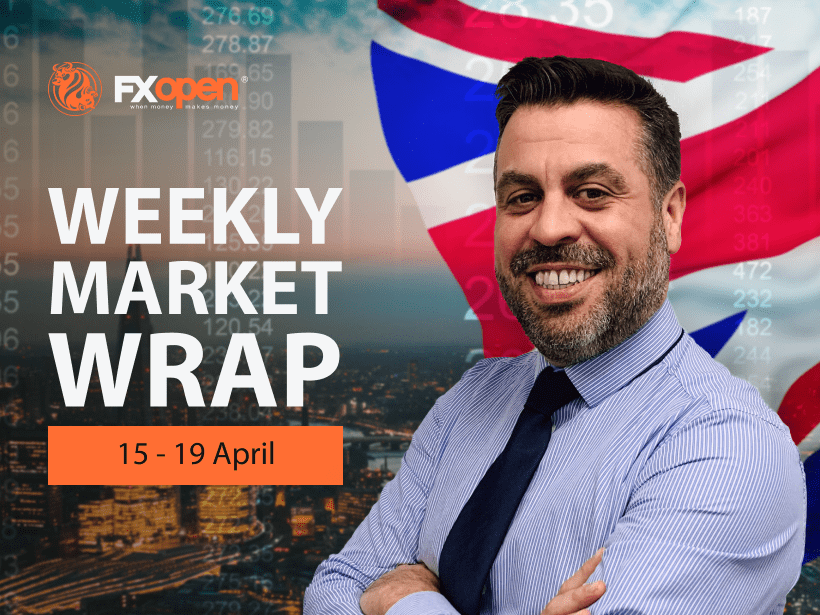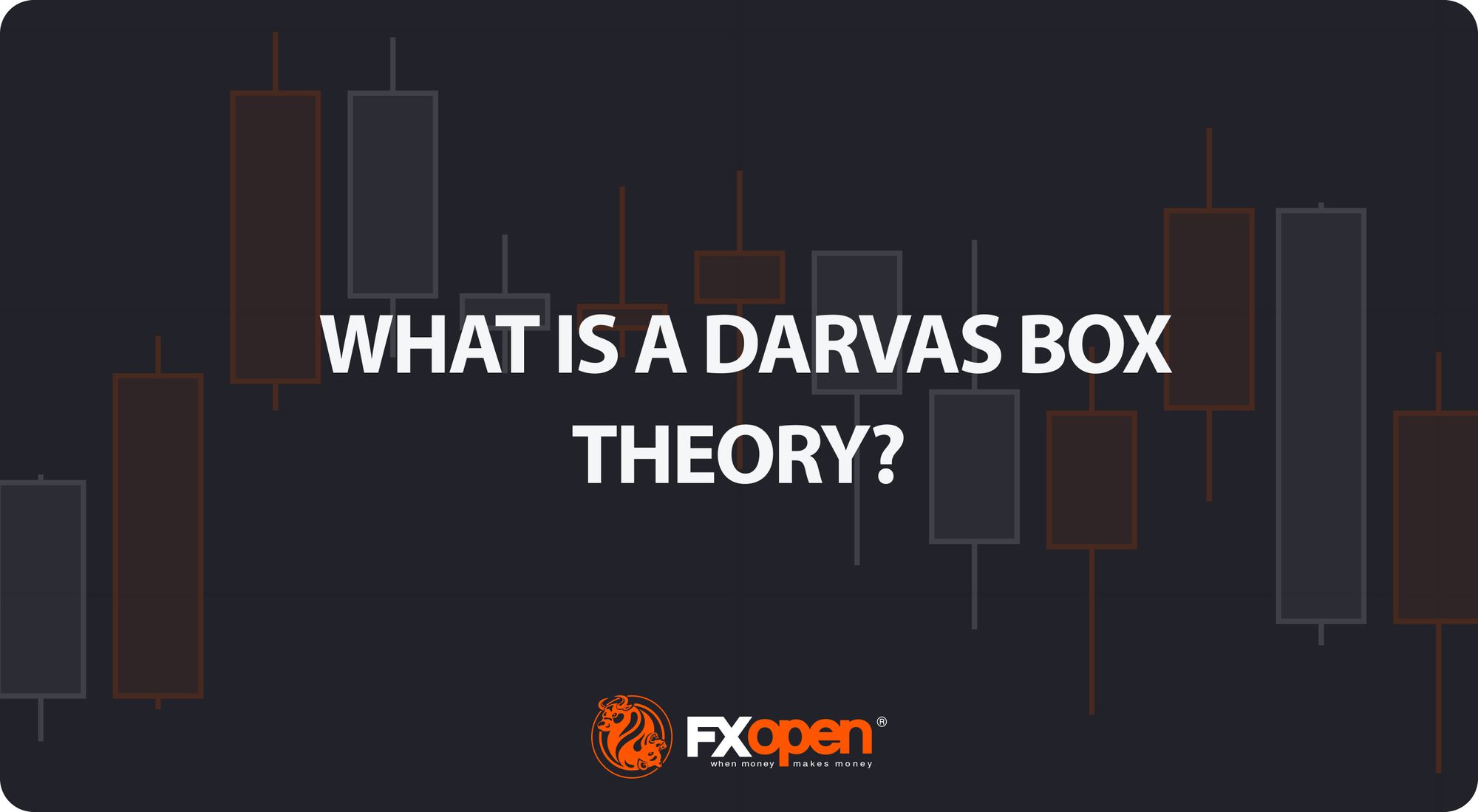FXOpen
The Euro (EUR) nosedived against the US Dollar (USD) on Friday, dragging the price of EURUSD to less than even 1.14000 following an announcement of full-scale Quantitative Easing (QE) by the European Central Bank (ECB) last night. The pair is expected to test the 1.0000 milestone over the course of next few months amid flooding of 60 billion euros every month by the ECB.
Technical Analysis
As of this writing the pair is being traded near 1.1361. A support can be seen around 1.0760, the low of year 2013 ahead of 1.0000, the psychological number. While a hurdle can be noted near 1.1876, a major horizontal support turned resistance ahead of 1.2677, another key horizontal resistance as demonstrated in the following monthly chart.

The technical bias remains bearish due to a Lower Low (LL) on every timeframe. A break below the parity level could incite renewed selling pressure in the price of Euro, validating further weakness towards the early 2000 levels.
ECB Announces QE
ECB yesterday said it would buy sovereign debt and flood 60 billion Euros into the recession-hit economy. The ECB plans to inject nearly one trillion Euros by the end of 2015. It is pertinent that the ECB itself would purchase only 20% bonds while the remaining share of QE will be passed on to other central banks of the Eurozone. Analysts expect huge depreciation in the Euro/Dollar exchange rate which has already plunged more than 20,000 pips in the last few months.
Trade Idea
Considering the overall technical and fundamental outlook, selling the pair on rallies appears to be a good strategy in medium to long term. The emergence of bearish pin bar or bearish engulfing candle would provide a good selling opportunity in every bullish run.
Trade over 50 forex markets 24 hours a day with FXOpen. Take advantage of low commissions, deep liquidity, and spreads from 0.0 pips. Open your FXOpen account now or learn more about trading forex with FXOpen.
This article represents the opinion of the Companies operating under the FXOpen brand only. It is not to be construed as an offer, solicitation, or recommendation with respect to products and services provided by the Companies operating under the FXOpen brand, nor is it to be considered financial advice.





